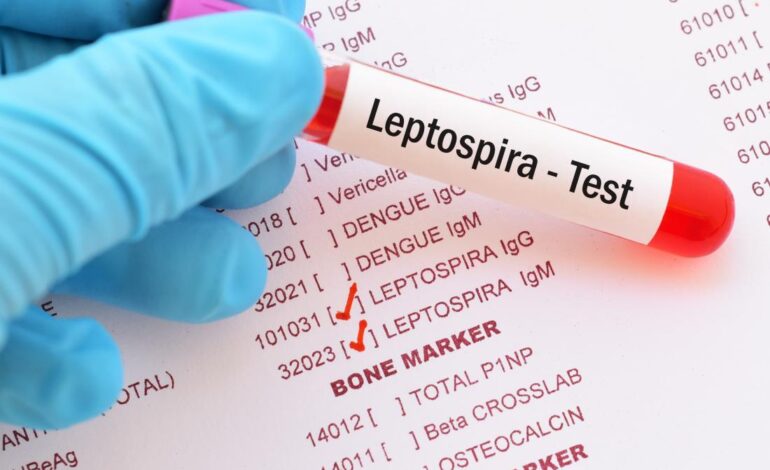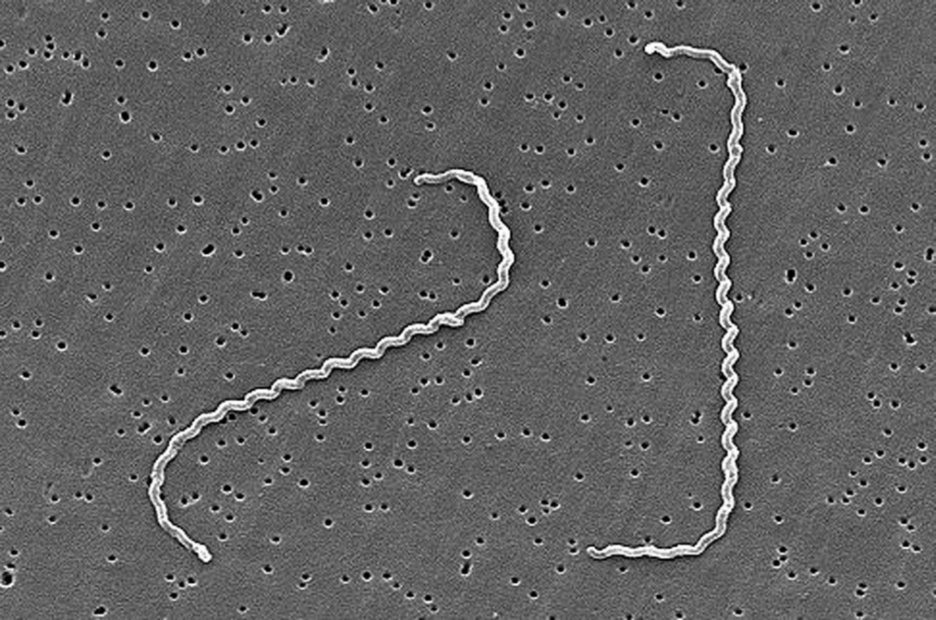
Renson Mwakandana
In the southern district of Lindi, Tanzania has identified 20 instances of leptospirosis, a bacterial illness that has killed three people.
Test findings from samples of patients in Ruangwa, according to health minister Ummy Mwalimu, were positive for the illness.
The ministry issued a calm request as it continued its search for the disease and reported that samples of persons who had fever, nosebleeds, headaches, and bodily exhaustion were negative for Covid-19, Ebola, and Marburg last week.
In a statement on Monday, Ms. Mwalimu stated, “I would like to inform the public that sample testing from patients has confirmed the outbreak is leptospirosis field fever or ‘homa ya Mgunda’ as it is known in Swahili.”

More than 20 illnesses and three fatalities have been documented, according to the ministry. There are two patients in the hospital. Contact tracing, according to Ms. Mwalimu, is ongoing. She said that so far, none of her contacts have displayed any illness signs.
Leptospirosis is a bacterial infection brought on by Leptospira-related bacteria, according to the Centers for Disease Control and Prevention (CDC).
Through scrapes or abrasions on the skin, nose, or eyes that come into touch with water or soil contaminated with the urine of diseased animals, the germs are transferred from animals to people. The illness, however, cannot be passed from one person to another.
It can have a wide range of symptoms in people, some of which may be confused for those of other illnesses. Fever, headache, chills, coughing, vomiting, diarrhea, muscular soreness, rash, red and itchy eyes, and jaundice are the most typical symptoms.

In certain instances, the illness can also result in meningitis, respiratory distress, renal or liver failure, and other potentially deadly complications. However, the CDC warns that some infected people may show no symptoms at all.
Symptoms may start to show up two days to four weeks following exposure. Fever and other symptoms frequently appear suddenly at the start of the disease.
A patient who has a fever, chills, headache, muscular pains, vomiting, or diarrhea may feel better for a while before being sick once more. The disease might extend from a few days to three weeks or more in more severe situations. Recovery could take many months in the absence of therapy.
Antibiotics prescribed by a doctor can be used to treat mild instances of leptospirosis. In serious situations, hospitalization and intravenous antibiotic therapy are necessary.




